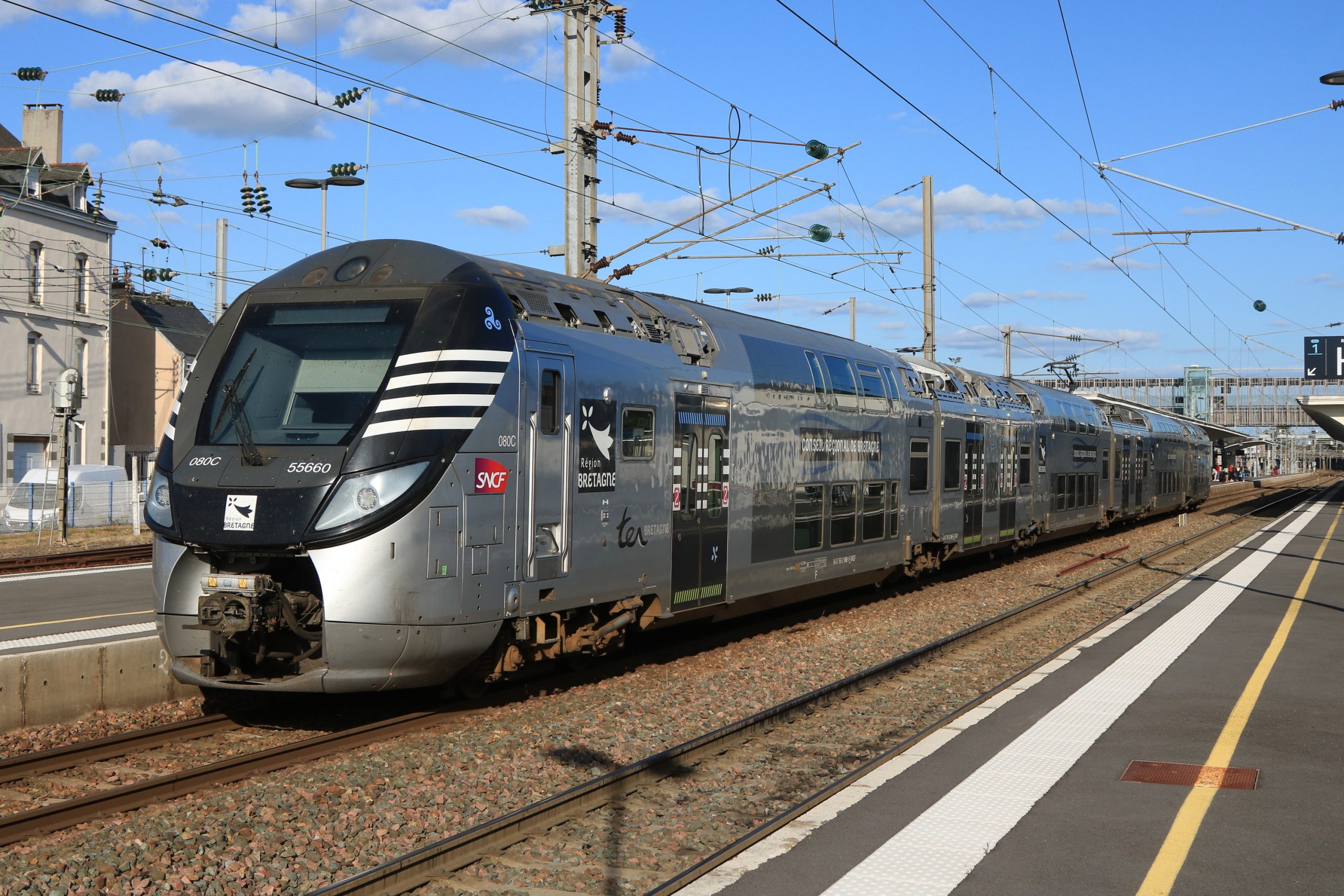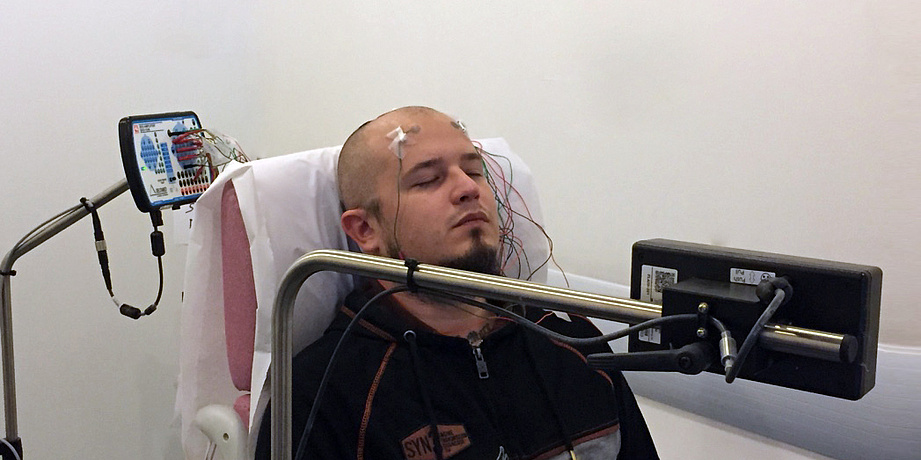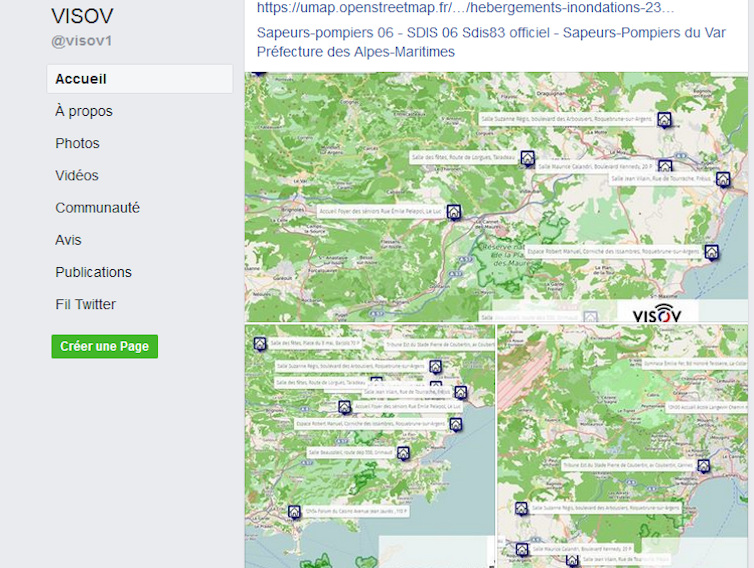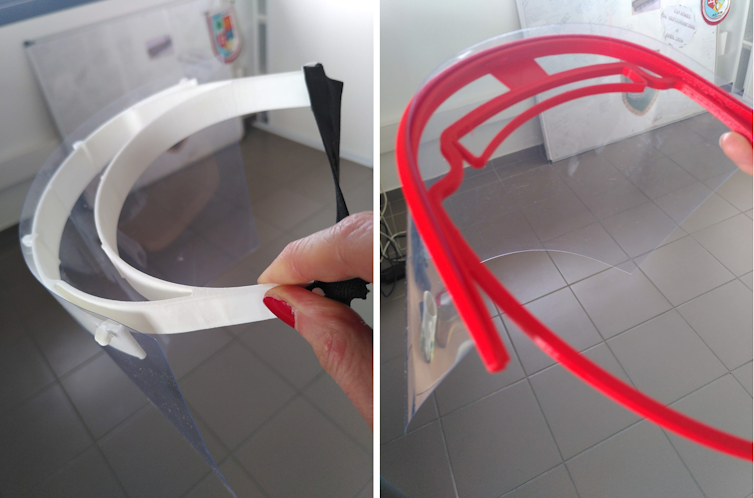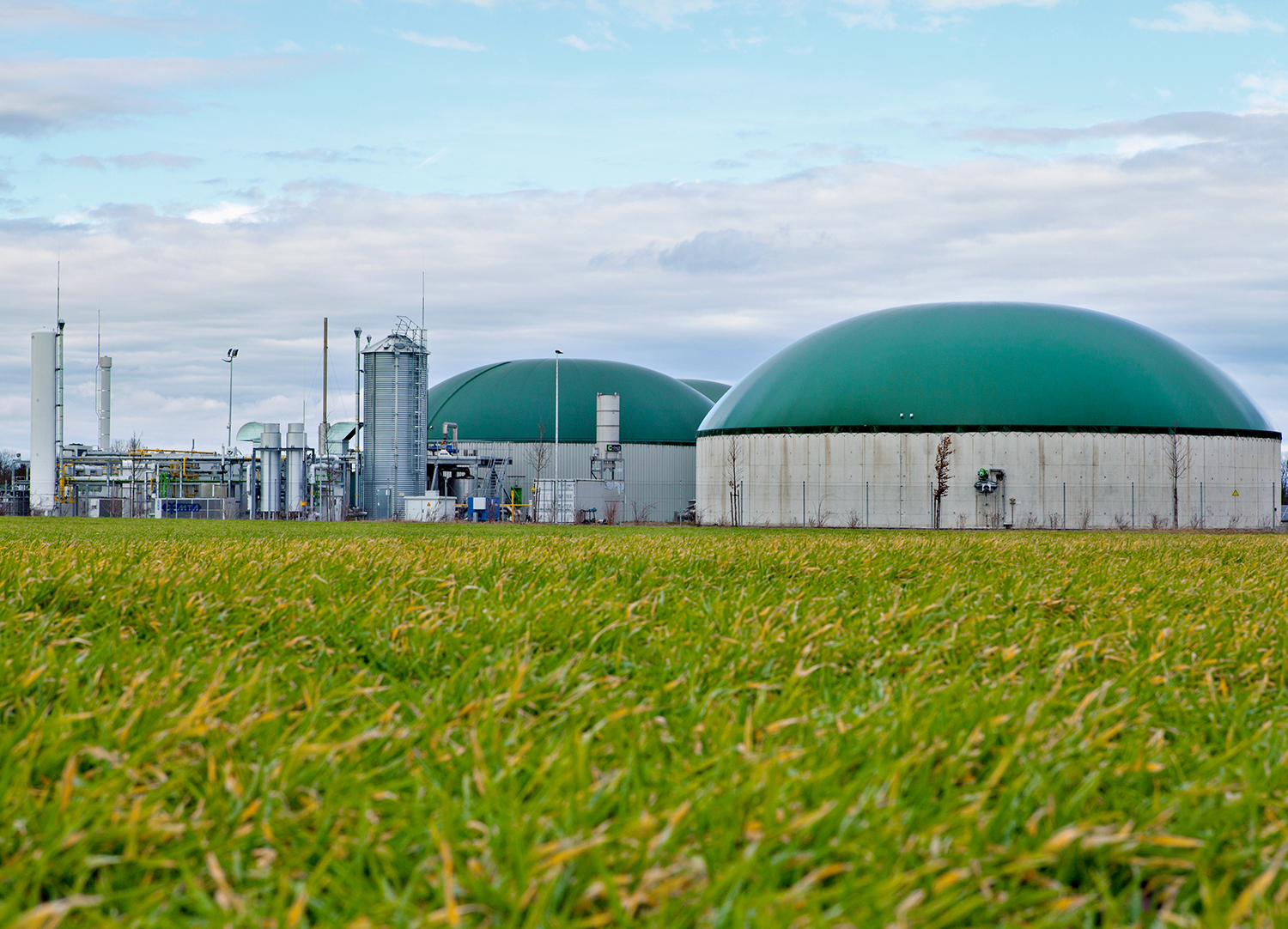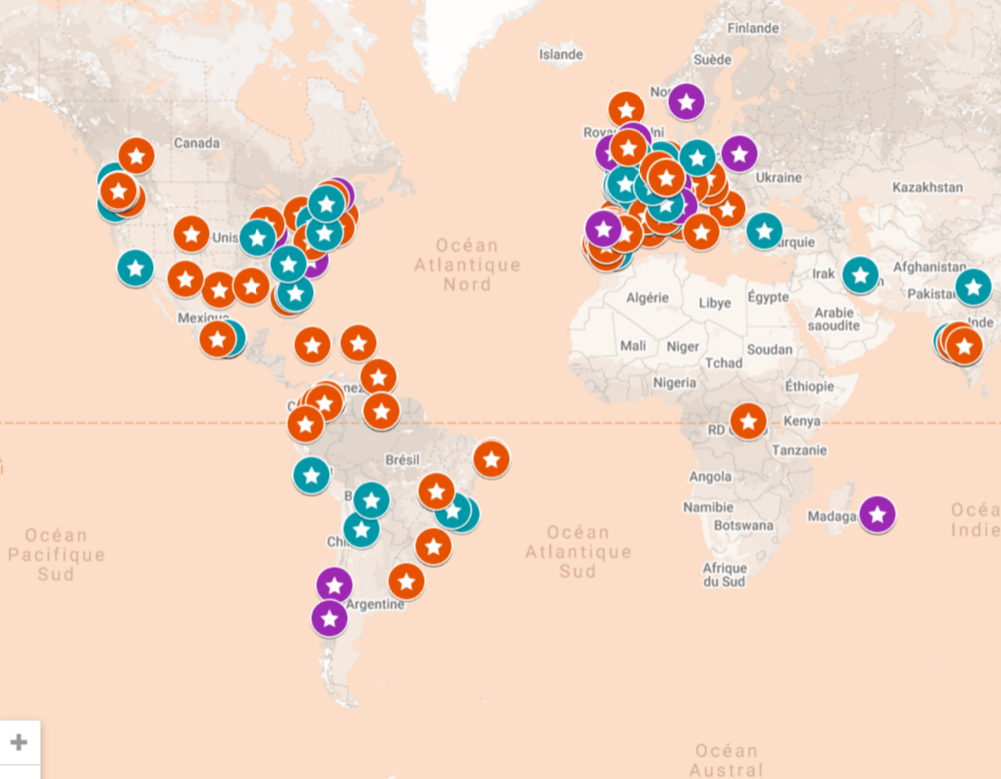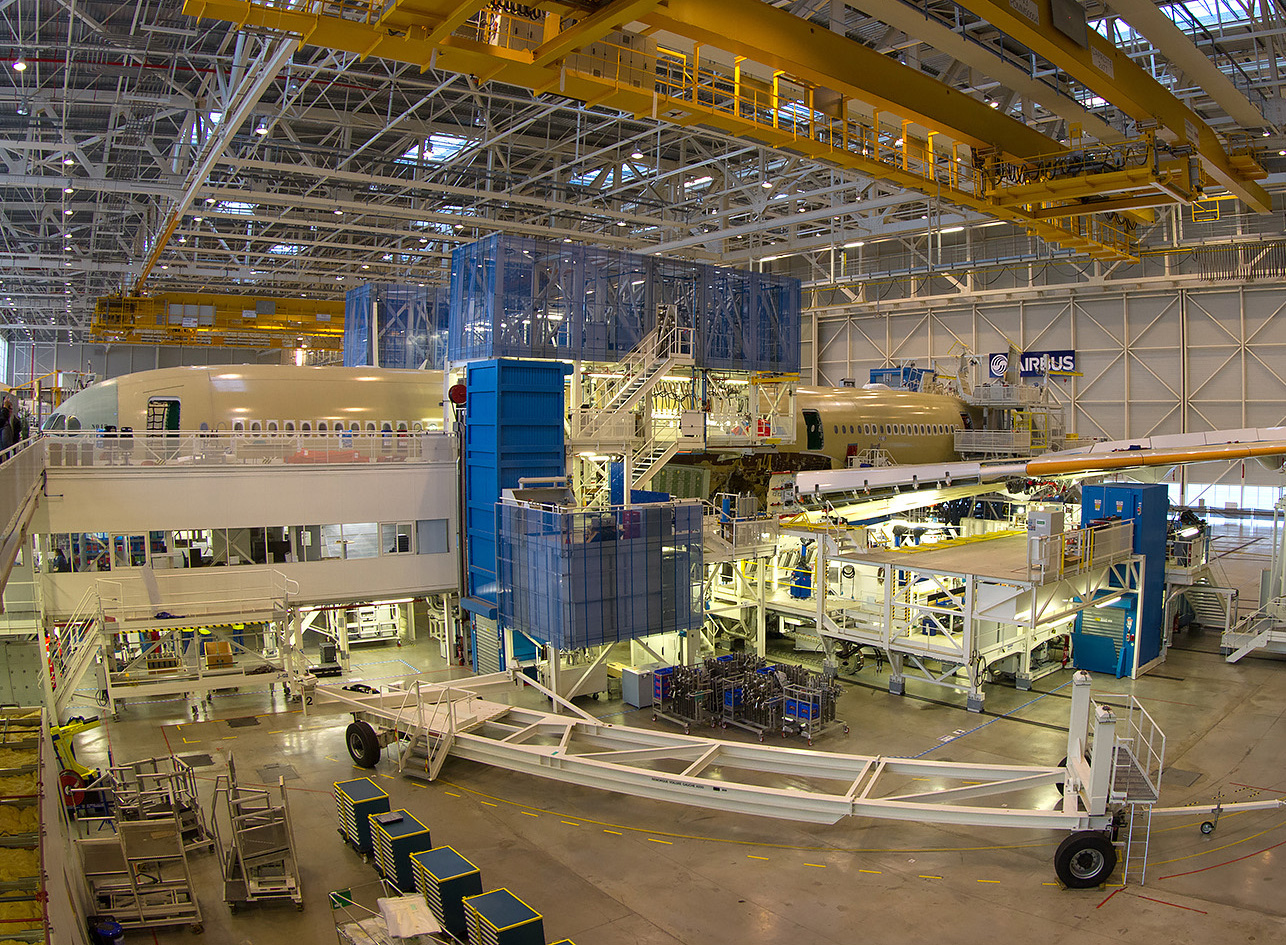5G: what it is? How does it work?
Xavier Lagrange, Professor of network systems, IMT Atlantique – Institut Mines-Télécom
[divider style=”normal” top=”20″ bottom=”20″]
5G is the fifth generation of standards for mobile networks. Although this technology has fueled many societal debates on its environmental impact, possible health effects, and usefulness, here we will focus on the technological aspects.
How does 5G work? Is it a true technological disruption or simple an improvement on past generations?
Back to the Past
Before examining 5G in detail, let’s take a moment to consider the previous generations. The first (1G) was introduced in the 1980s and, unlike the following generations, was an analogue system. The primary application was car telephones.
2G was introduced in 1992, with the transition to a digital system, and telephones that could make calls and send short messages (SMS). This generation also enabled the first very low speed data transmission, at the speed of the first modems for internet access.
2000 to 2010 was the 3G era. The main improvement was faster data transmission, reaching a rate of a few megabits per second with 3G⁺, allowing for smoother internet browsing. This era also brought the arrival of touch screens, causing data traffic and use of the networks to skyrocket.
Then, from 2010 until today, we transitioned to 4G, with much faster speeds of 10 megabits per second, enabling access to streaming videos.
Faster and Faster
Now we have 5G. With the same primary goal of accelerating data transmission, we should be able to reach an average speed of 100 megabits per second, with peaks at a few gigabits per second under ideal circumstances (10 to 100 times faster than 4G).
This is not a major technological disruption, but an improvement on the former generation. The technology is based on the same principle as 4G: the same waveforms will be used, and the same principle of transmission. It is called OFDM and enables parallel transmission: through mathematical processing, it can perform a large quantity of transmissions on nearby frequencies. It is therefore possible to transmit more information at once. With 4G, we were limited to 1,200 parallel transmissions. With 5G, we will reach 3,300 with a greater speed for each transmission.
Initially, 5G will complement 4G: a smartphone will be connected to 4G and transmission with 5G will only occur if a high speed is necessary and, of course, if 5G coverage is available in the area.
A more flexible network
The future network will be configurable, and therefore more flexible. Before, dedicated hardware was used to operate the networks. For example, location databases needed to contact a mobile subscriber were manufactured by telecom equipment manufacturers.
In the long term, the 5G network will make much greater use of computer virtualization technologies: the location database will be a little like an extremely secure web server that can run on one or several PCs. The same will be true for the various controllers which will guarantee proper data routing when the subscribers move to different areas in the network. The advantage is that the operator will be able to restart the virtual machines, for example in order to adapt to increased demand from users in certain areas or at certain times and, on the other hand, reduce the capacity if there is lower demand.
It will therefore be possible to reconfigure a network when there is a light load (at night for example) by combining controllers and databases in a limited number of control units, thus saving energy.
New antennas
As we have seen, 5G technology is not very different from the previous technology. It would even have been possible to develop using the same frequencies used for 3G networks.
The operators and government agencies that allocate frequencies chose to use other frequencies. This choice serves several purposes: it satisfies an ever-growing demand for speed and does not penalize users who would like to continue using older generations. Accommodating the increase in traffic requires the Hertzian spectrum (i.e., frequencies) dedicated to mobile networks to be increased. This is only possible with higher frequency ranges: 3.3 GHz, coming very soon, and likely 26 GHz in the future.
Finally, bringing new technology into operation requires a test and fine-tuning phase before the commercial launch. Transitioning to 5G on a band currently used for other technology would significantly reduce the quality perceived by users (temporarily for owners of 5G telephones, definitively for others) and create many dissatisfied customers.
There is no need to increase the number of antenna sites in order to emit new frequencies, but new antennas must be added to existing posts. These posts host a large number of small antennas and, thanks to signal processing algorithms, have a more directive coverage that can be closely controlled. The benefit is more efficient transmission in terms of speed and energy.
For a better understanding, we could use the analogy of flashlights and laser pointers. The flashlight, representing the old antennas, sends out light in all directions in a diffuse manner, consuming a large amount of electricity and lighting a relatively short distance. The laser, on the contrary, consumes less energy to focus the light farther away, but in a very narrow line. Regardless of the antenna technology, the maximum power of the electromagnetic field produced in any direction will not be allowed to exceed maximum values for health reasons.
So, if these new antennas consume less energy, is 5G more energy efficient? We might think so since each transmission of information will consume less energy. Unfortunately, with the increasing number of exchanges, it will consume even more energy overall. Furthermore, the use of new frequencies will necessarily lead to an increase in the electric consumption of the operators.
New applications
When new technology is launched on the market, it is hard to predict all its applications. They often appear later and are caused by other stakeholders. That said, we can already imagine several possibilities.
5G will allow for a much lower latency between the sending and receiving of data. Take the example of a surgeon operating remotely with a mechanical arm. When the robot touches a part of the body, the operator will be almost instantly (a few ms for a distance of a few kilometers) be able to “feel” the resistance of what he is touching and react accordingly, as if he were operating with his own hands. Low latency is also useful for autonomous cars and remote-controlled vehicles.
For industrialists, we could imagine connected and automated factories in which numerous machines communicate together and with a global network.
5G is also one of the technologies that will enable the development of the internet of things. A city equipped with sensors can better manage a variety of aspects, including public lighting, the flow of vehicles, and garbage collection. Electricity can also be better controlled, with the real-time adaptation of consumption to production through several small, interconnected units called a smart grid.
For the general public, the network’s increased speed will allow them to download any file faster and stream premium quality videos or watch them live.
[divider style=”dotted” top=”20″ bottom=”20″]
Xavier Lagrange, Professor of network systems, IMT Atlantique – Institut Mines-Télécom
This article from The Conversation is republished here under a Creative Commons license. Read the original article (in French).


